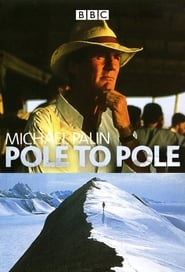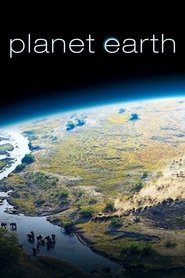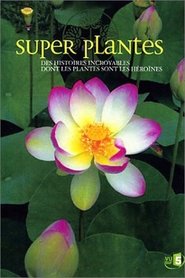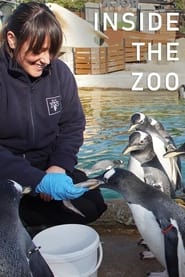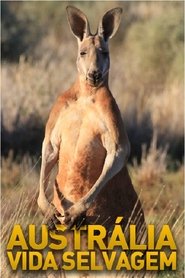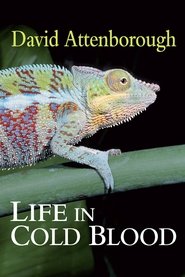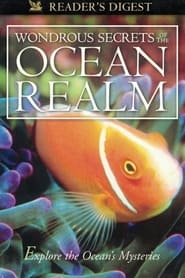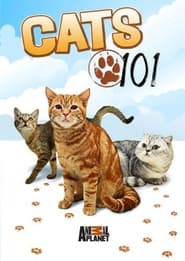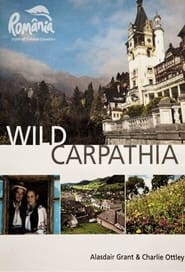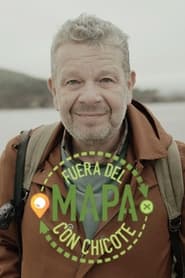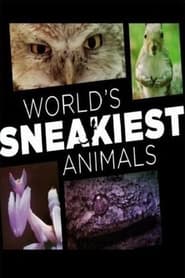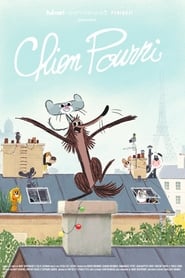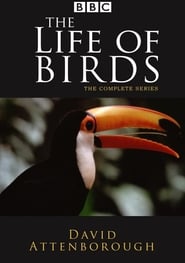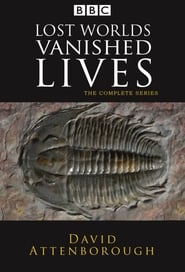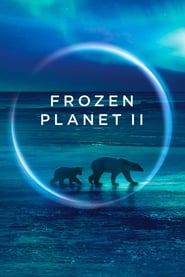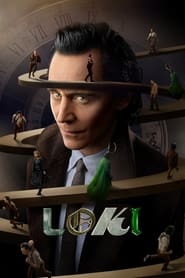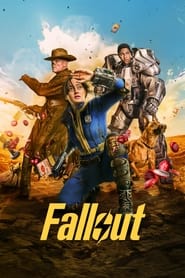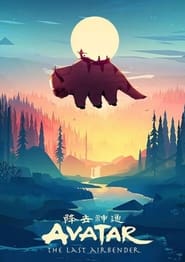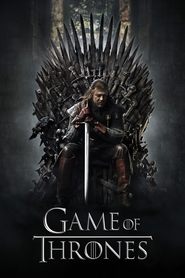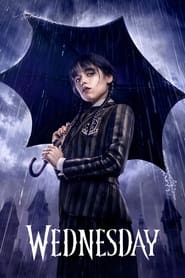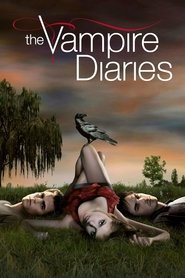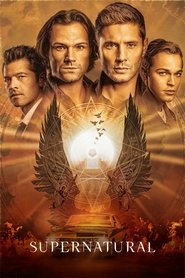
Trials of Life - Season 1 Episode 3 Finding Food
The next installment is devoted to the ways in which animals gather their sustenance. Attenborough begins in the South American rainforest, where the proliferation of animal and plant life does not necessarily make it easy to find food. Some leaves are poisonous, and so those that eat them have to be careful. Other plants use food (or nectar) as a bribe to get their pollen transported, and several species of hummingbird have developed exclusive relationships with certain of them. Fruit is also on offer, again as a means of reproduction, and creatures such as squirrel monkeys eat little else. Meanwhile, parrots and macaws take kaolin as an antidote to their diet of toxic seeds. Attenborough witnesses a 60,000 strong flock of knot and dunlin suddenly take advantage of a low tide to feed on tiny mud-dwelling molluscs. Barracuda hunt small fish, and drive shoals of them into bays to be eaten by pelicans, which are besieged by gulls that attempt to steal their catches. One species of gecko is able to differentiate between worker termites and the more dangerous soldiers. The web of the orb spider is hailed as one of the most elegant food catching devices, and the methods of two others, nephila and its kleptoparasite visitor, argyrodes, are explored in detail. Finally, tropicbirds, their crops full with food en route back to their nests, are ambushed in mid-air by a group of frigatebirds, whose aim is to make them surrender their cargo.
- Title: Trials of Life
- Year: 1990
- Genre: Documentary, Family
- Country: United Kingdom
- Studio: BBC One
- Director:
- Cast: David Attenborough
- Crew: Mike Gunton (Director), Peter Jones (Producer), Peter Jones (Executive Producer), Michael deGruy (Director of Photography), Mike Herd (Director of Photography), Martyn Colbeck (Director of Photography)
- Keyword: animals, nature, nature documentary
- Runtime: 50 minutes
- IMDb: 8.38 / 10 by 21 users
- Popularity: 4.312
- First Air Date: Oct 04, 1990
- Last Air date: Dec 20, 1990
- Season: 1 Season
- Episode: 12 Episode
- Language: English, Korean
 Apple TV
Apple TV Google Play Movies
Google Play Movies Fandango At Home
Fandango At Home Netflix
Netflix Amazon Prime Video
Amazon Prime Video Amazon Video
Amazon Video MUBI
MUBI